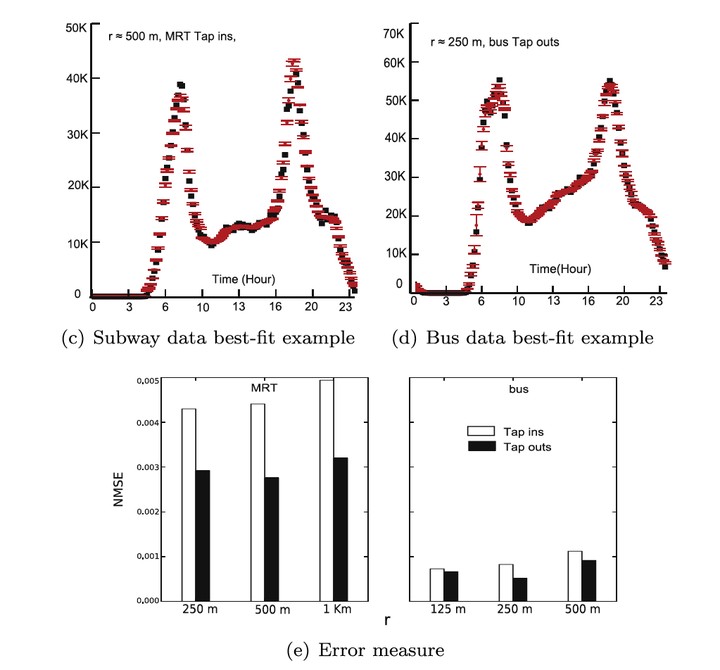Impacts of land use and amenities on public transport use, urban planning and design

Abstract
Various land-use configurations are known to have wide-ranging effects on the dynamics of and within other city components including the transportation system. In this work, we particularly focus on the complex relationship between land-use and transport offering an innovative approach to the problem by using land-use features at two differing levels of granularity (the more general land-use sector types and the more granular amenity structures) to evaluate their impact on public transit ridership in both time and space. To quantify the interdependencies, we explored three machine learning models and demonstrate that the decision tree model performs best in terms of overall performance—good predictive accuracy, generality, computational efficiency, and “interpretability”. Results also reveal that amenity-related features are better predictors than the more general ones, which suggests that high-resolution geo-information can provide more insights into the dependence of transit ridership on land-use. We then demonstrate how the developed framework can be applied to urban planning for transit-oriented development by exploring practicable scenarios based on Singapore’s urban plan toward 2030, which includes the development of “regional centers” (RCs) across the city-state. Results show an initial increase in transit ridership as the amount of amenities is increased. This trend, on the other hand, eventually reverses (particularly during peak hours) with continued strategic increase in amenities; a tipping point at 55% increase is identified where ridership begins to decline and at 110%, the predicted ridership begins to fall below current levels. Our in-silico experiments support one of the medium-term land-use transport goals of stakeholders—to alleviate future strains in the transportation system of Singapore through the development of RCs. The model put forward can serve as a good foundation in building decision-support tools that can assist planners in better strategizing and planning land-use configurations, in particular the amenity resource distribution, to influence and shape public transportation demand.